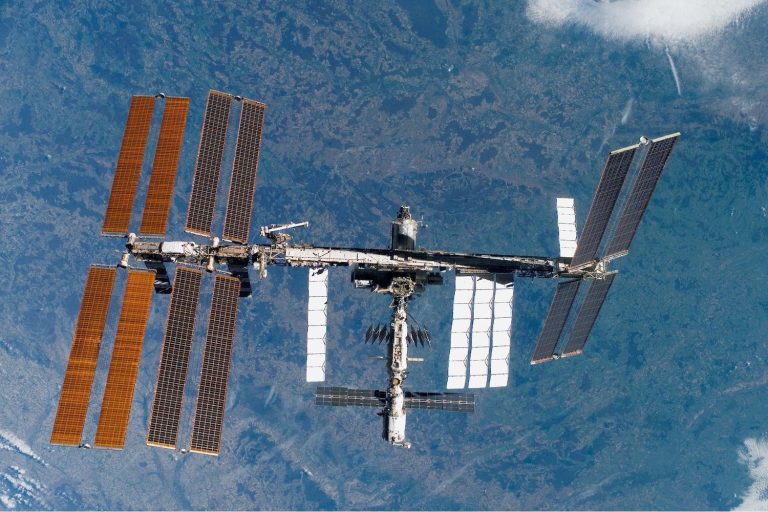
X Prize Foundation studying active debris removal competition (Image Credit: Space News)
WASHINGTON — The X Prize Foundation is considering a prize competition focused on removal of space debris to spur technological innovation in the field.
During a panel discussion at the Fourth Summit for Space Sustainability by the Secure World Foundation and the U.K. Space Agency June 23, Anousheh Ansari, chief executive of the X Prize Foundation, said her organization was studying several potential ways to run a prize to support development of active debris removal systems.
That work is still in its early stages. “This one is challenging,” she said. “We haven’t finished the design right now.”
The foundation is looking at three options for a debris removal prize. One would be to remove rocket bodies, which constitute the largest and potentially most dangerous pieces of debris in orbit. “From an awareness perspective, it will be a good driver of conversation to change policy,” she said.
A second option would be a mission to remove several “cubesat or larger” objects. A third option would be to remove a cloud of smaller debris, which she said would be the most challenging. “We’re still trying to evaluate all the different aspects,” she said, perhaps by combining two of the options in some way.
While the design of the prize remains open, Ansari said she was convinced of the importance of having such a competition. One reason is to build awareness of the space debris problem and potential solutions beyond the space community. “One of the things we do really well at X Prize is create public awareness through competitions.”
A second reason is to spur technological advancements. “We never try to predict a solution or approach to solving a problem,” she said, instead providing “specific, measurable objectives” for teams to achieve in their preferred ways. “That leads to really novel and original approaches sometimes.”
A prize competition could also spur development of policies needed to enable active debris removal. “That is a grand challenge that needs to be resolved if we’re going to have a robust economy around this.”
Ansari didn’t offer a schedule for developing the prize, but said she hoped the prize would run over five years. That ruled out, she said, more ambitious efforts like not just removing debris but instead recycling it in space in some way. “Everyone told us that you’d have to make this a 10- to 15-year prize, not a 5-year prize,” she said. However, the prize could be structured in such a way that debris is not deorbited but instead moved to a “junkyard” orbit for later reuse.
An active debris removal prize would be the third space-related competition by the X Prize Foundation, which has a mixed track record on past competitions. The foundation started more than 25 years ago with a $10 million prize for suborbital human spaceflight, won by Scaled Composites in 2004 with SpaceShipOne.
That prize led to the formation of Virgin Galactic, which licensed that technology to develop SpaceShipTwo. However, that vehicle has yet to enter regular commercial service after lengthy delays. None of the roughly two dozen other teams that participated in that competition ever reached space.
The Google Lunar X Prize offered $30 million in prizes to private lunar lander missions. However, the prize ended in 2018, a decade after its start, without a winner. The competition did award several small milestone prizes to teams and a $1 million “Moonshot Award” to SpaceIL, which attempted to land on the moon in 2019 but crashed.
Ansari noted that some teams continued their lander efforts after the prize and have won commercial and government contracts, like Astrobotic and ispace. “We consider this the best failure we had,” she said.
The foundation also administered the Northrop Grumman Lunar Lander Challenge for terrestrial testing of lunar lander technology, sponsored by Northrop Grumman and with a prize purse from NASA’s Centennial Challenges program. Armadillo Aerospace and Masten Space Systems won the prizes in 2009. Masten is now developing a lunar lander for NASA’s Commercial Lunar Payload Services program while Armadillo Aerospace went defunct several years after the competition.








